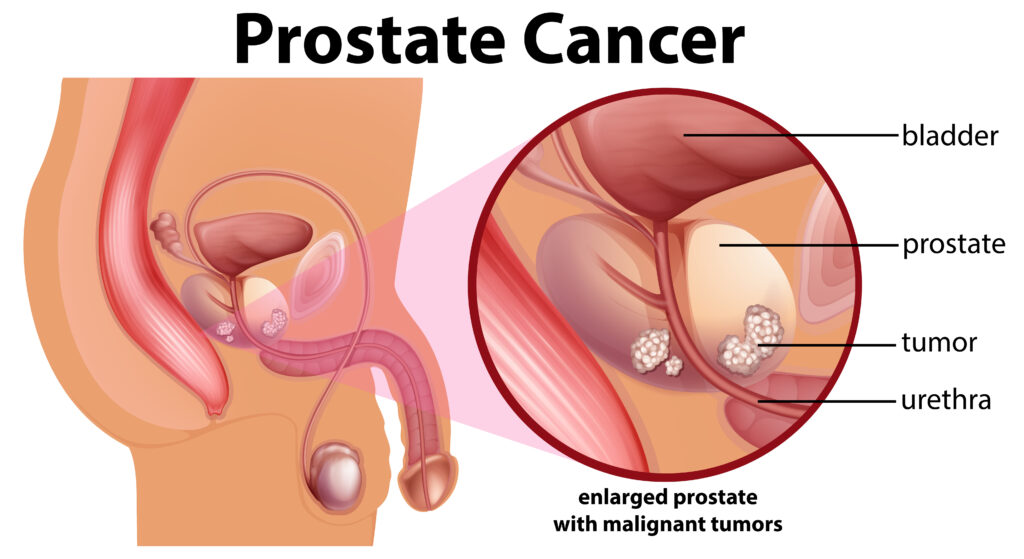Prostate cancer is one of the most common types of cancer in men, especially as they get older. While it might sound scary, knowing what to look for can help you catch potential problems early. Here’s a friendly, straightforward guide on how to know if you might have prostate cancer and why early detection is important.
Understanding the Basics
The prostate is a small gland that sits just below the bladder and helps produce semen. Prostate cancer starts when cells in this gland grow out of control. In many cases, the cancer grows slowly and may not cause any symptoms right away. However, in other cases, it can be more aggressive.

Common Signs and Symptoms
Many men with early-stage prostate cancer have no symptoms at all. That’s why regular screenings are important. But here are some signs that might suggest you should get checked:
- Frequent Urination: Needing to pee more often, especially at night, can be a sign of prostate issues.
- Weak or Interrupted Urine Flow: If your urine stream feels weak or you have trouble starting or stopping, it could be a warning sign.
- Pain or Burning: Discomfort during urination or ejaculation might indicate an issue with your prostate.
- Blood in Urine or Semen: Noticing blood in your urine or semen should prompt a visit to your doctor.
- Persistent Pain: Pain in the lower back, hips, or pelvis can sometimes be linked to advanced prostate issues.
- Erectile Dysfunction: Changes in sexual performance, like difficulty achieving or maintaining an erection, might also be a symptom.
Keep in mind that these symptoms can be caused by other conditions, such as benign prostatic hyperplasia (BPH) or infections. They don’t automatically mean you have prostate cancer, but they do mean it’s worth getting checked out.
Screening and Early Detection
Because early prostate cancer often doesn’t cause any noticeable symptoms, screening becomes really important. The two most common screening tests are:
- PSA Blood Test: This test measures the level of prostate-specific antigen (PSA) in your blood. Elevated levels can be a sign of prostate cancer, but they can also be caused by other prostate conditions.
- Digital Rectal Exam (DRE): During a DRE, your doctor will feel your prostate through your rectum to check for any abnormalities in size or texture.
Doctors typically recommend that men talk to them about when to start screening. This might be around age 50, but if you have a family history of prostate cancer or other risk factors, your doctor might suggest starting earlier.

Taking Action
If you’re experiencing any of these symptoms or are concerned about your risk, the first step is to schedule an appointment with your doctor. They can help determine whether you need screening tests and discuss the best course of action for your situation.
Remember, catching prostate cancer early often means more treatment options and a better chance at successful treatment. Even if you don’t have any symptoms, it might be a good idea to discuss screening with your healthcare provider, especially if you’re over 50 or have a family history.
Final Thoughts
Knowing the signs of prostate cancer and staying proactive about your health can make a big difference. Regular check-ups, open conversations with your doctor, and a little awareness about the symptoms can help you catch any issues before they become serious. Stay informed, and remember—a little extra care today can lead to a healthier tomorrow.
This article is meant for informational purposes only and is not a substitute for professional medical advice. Always consult your doctor if you have concerns about your health.

